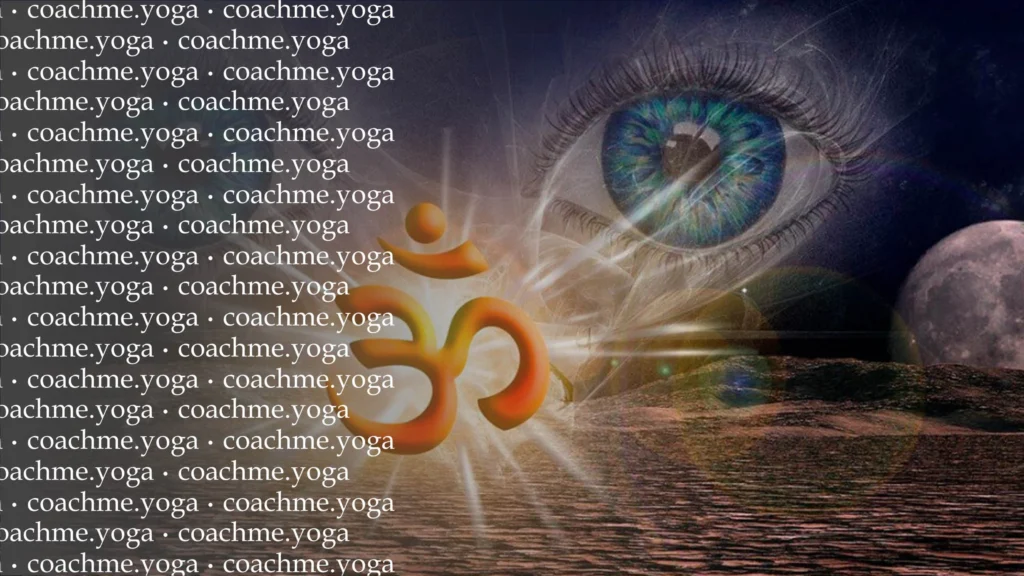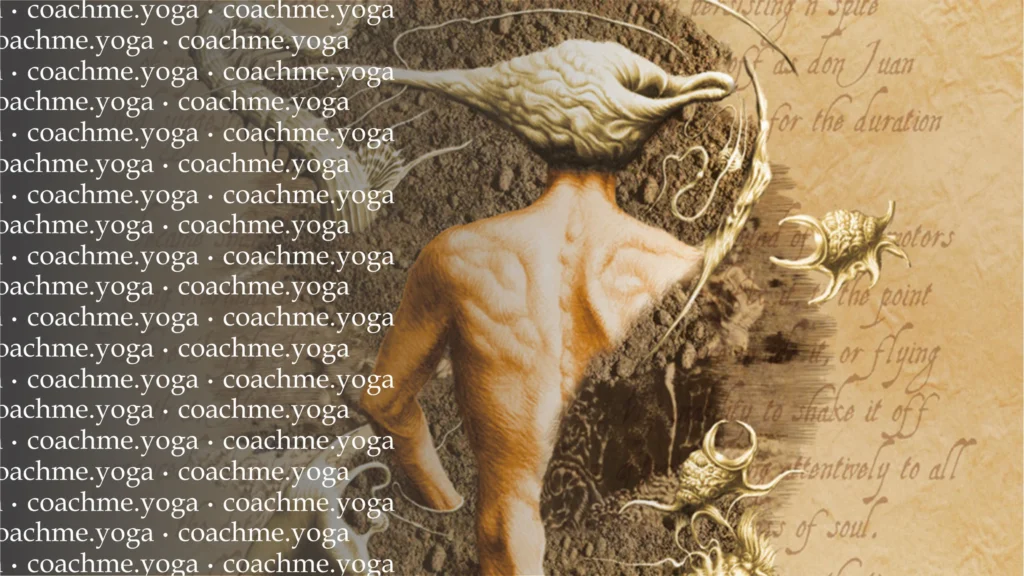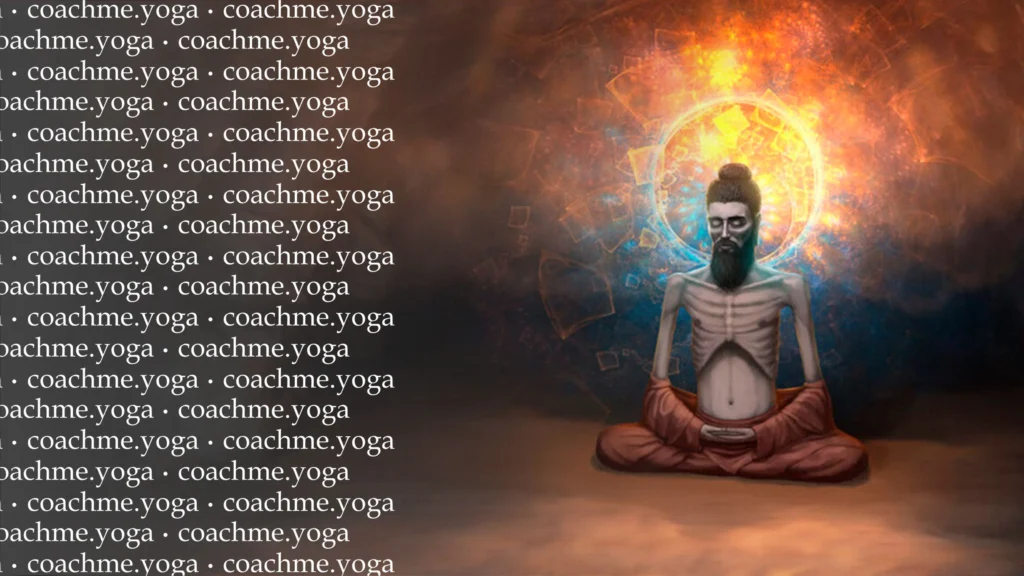The Om Mantra

Due to the fact that Sanskrit is a very “voluminous” language, where one word has many meanings, translations of some definitions from it are different, and the concept of “mantra” is not an exception. For me, the definition from the textbook of Kundalini Yoga is more consonant, namely, mantra (man – mind; tra – wave) is a creative projection of the mind through sound (i.e. through wave vibration). The whole science of mantras is based on the knowledge that sound is nothing but a form of energy that has structure, power and a certain predictable effect on the energetic component of a person, and consequently his psyche. How does it work?
According to ancient scriptures, as well as the modern concept of quantum physics, it is believed that the whole world around us consists of vibrations. Absolutely everything vibrates, even solid and inanimate objects, only their vibration frequency is less than that of animate objects. Some vibrations are audible – they are sounds. Kymatics, the science that studies the visible manifestations of sound, shows well the wave structure of any sound. To do this, scientists connect an oscillator that generates sound vibrations to a metal plate on which some powder is scattered. Depending on the frequency of vibration, the material on the plate takes different forms, and the higher the frequency, the more complex forms are formed. Thus we see that with the help of sound we can directly influence the structure of surrounding objects. Under the influence of this or that frequency, the character of this influence will change – coarse vibrations create primitive forms, and fine ones – divine geometry.

However strange it may seem, this fact was known to spiritual practitioners already millennia ago. Enlightened masters knew the specifics of the work of various sounds and used them in their practice. For this purpose they used suitable musical instruments: gongs, various trumpets (widely used in Tibet), horns, singing bowls, bells. Each of these instruments, due to its unique frequency of sound, has an appropriate effect on the surroundings. The voice is also a musical instrument, because with the help of the vocal cords and lungs we vibrate the surrounding space in exactly the same way. These vibrations affect us first of all, because they come from our own body – all organs and especially the brain react immediately.
“At the origin of all force and motion lies music and rhythm, the play of repeating frequencies against the background of the matrix of time. We know that every particle in the physical universe takes its characteristics from the pitch, pattern and overtones of a certain frequency, its singing. Before we make music, music makes us.” Joachim-Ernst Behrendt,
If we go deeper in studying this question, we will see that our thoughts also have a wave structure – electromagnetic vibrations. That is, thoughts are soundless sounds. Accordingly, when two waves are superimposed on each other (a sound wave and a thought wave), there can be an effect of “involvement” – the more powerful wave, dominating, attunes the other wave to itself. This is how sounds, whether musical instruments or singing, influence the thought flow of a person. The abbot of Christ Monastery of the American order of Benedictine monks from Abiquiu, New Mexico, Philip Lawrence, notes that the Gregorian chanting of monks helps them calm their spirits and live at peace with themselves and each other. “According to various studies, chanting has a surprising effect on brain waves. But, of course, this is not the effect the monks are after, nor is it the effect of the Gregorian choir. We always hope that our singing will bring people peace, inner calm and an appreciation of beauty. These values can help to create a world where peace and tranquility prevail,” explains Hegumen Philip.

Obviously, the wave concept explains in a completely logical way, without any esotericism, how sound itself influences the workings of our consciousness. However, it is worth adding here that, unlike third-party sources, the reproduction of sounds with the help of the mouth has a number of advantages and additional influencing factors. In Vedic culture there is such a science as Naad Yoga, which works with the movement of the tongue in the mouth. The fact is that the palate forms a vault in the mouth with 84 meridian points (32 pairs behind the inner side of the teeth and 20 in a U-shaped curve on the central part of the palate). When we utter words, the movement of all parts of the tongue stimulates these points, which are translated into commands that program the hypothalamus to some extent. The hypothalamus in turn controls many of the body’s vital functions: hunger, thirst, body temperature, and sleep. It triggers the regulation of mood, emotional behavior and sexuality. And what are emotions? Happiness, grief, joy and regret are different frequencies of vibration of the mind. They may be called a worldview or attitude, but they are essentially a frequency of vibration, or thought wave. Thus, special word-sound codes, by stimulating the hypothalamus, change the biochemistry of the brain, and consequently its frequency.
The higher the frequency of the vibrations we hear and speak to, the less dense and more ethereal their quality, the more the frequency of our own vibrations increases. Raising the level of our vibrations brings us closer to experiencing the highest of all vibrations, the experience of God, and merging with this root cause of the creative impulse. The entire universe was built on sound, on vibration. Poetically speaking, God spoke a word and the world began to exist (the Bible says: “In the beginning was the word”). More precisely, God created vibration – and all universes and worlds, solar systems, oceans, earth, sky and myriads of beings inhabiting them appeared. The Vedic scriptures state that the very first word, after which Creation began, is the sound OM (or AUM): “It is the cosmic vibration of both manifested and unmanifested reality. “A” represents the conscious world and the entire universe, ‘U’ represents the intermediate realms and the subconscious, and ‘M’ represents the unmanifested world and the unconscious. These three sounds together represent the existence of higher consciousness and its manifestation. Everything in the universe has its own vibratory frequency and mantra, but the combination of all frequencies pulsates in the rhythm of the sound of Aum” (Hatha Yoga Pradipika; Schl. 16).
That is, the OM mantra is embedded in every object and phenomenon. The whole universe vibrates in tune with this mantra. Amazing discoveries in this area were recorded by the Voyager spacecraft, which made a series of recordings of the “voices of the planets”. Due to the fact that sound in space does not spread (because there is a vacuum), there remain electromagnetic vibrations that can be translated into a sound plane. Thanks to Voyager records we could hear Jupiter speaking to us in the language of OM mantra. Those who have had the experience of chanting this mantra in groups will certainly see a genuine similarity.
That is why the OM mantra is a basic mantra in various cultures and directions of yoga. Almost all sacred texts of Hindu and Vedic tradition began and ended with this sound. Buddhism, inheriting the traditions of Hinduism, borrowed the sound of OM” as a mystical mantra, most used in the Vajrayana teachings. The universally known and revered Patanjali, author of the fundamental primary sourcebook on yoga, Patanjali’s Yoga Sutras, explained only one mantra in his work, the OM mantra.
Experienced practitioners who regularly apply this mantra in their sadhana (personal practice) note that this mantra has the following effects:
- calms the mind;
- develops concentration;
- helps to cleanse the energy channels and aura;
- clarifies the mind and destroys samskaras (claves of the mind acquired in the past);
- helps the consciousness to rise to higher levels of perception (as a consequence of the previous points);
- removes barriers to the Path.
In addition to the above-mentioned beneficial spiritual effects, the practice of the OM mantra has a purely applied effect, which will be useful to any socially active person. For example, in case of extreme nervous excitement, despair or anger, chanting this mantra in a secluded place (for half an hour or an hour) will qualitatively help you to calm down and return to your normal state. Studies have proven that chanting the OM mantra has a positive effect on mood and social cohesion, reducing symptoms of depression, stress and anxiety (source). This mantra is also believed to purify and harmonize the surrounding space. It is even used to improve the quality of food on the subtle plane by chanting it three times directly over the food before a meal.

So, how to practice it? Chanting a mantra is a kind of meditation with sound, or to be more exact, on sound. It takes place through the technique of Japa. Japa is the looped repetition of the same mantra in a circle many times. Thus, during this practice, the body and brain of a person enters into one continuous vibration that has a certain rhythm and frequency. This promotes concentration of attention, because it is a trigger for its perception – it is much easier to concentrate attention on a sound than on a mental image. Accordingly, a long pronunciation or chanting of a mantra gives the body an opportunity to get in tune with this vibration on the physical level, and on the mental level to get in tune with its source. In this particular case – with the essence of the whole universe, with the divine energy. In this way there is a transformation of consciousness, a refinement and expansion of its abilities. The elevated consciousness can perceive this world in its full size, understanding and realizing the essence of what is happening, its place and purpose in it.
It is believed that there are three ways to practice the mantra: aloud, whispering and mentally. The more subtle the work, the stronger the influence. However, we should not forget that any technique should be mastered sequentially, that is, move from simple to complex. Therefore, it is recommended to first master the practice of mantra chanting aloud, i.e. by singing out loud. In 2016, a study conducted by Macquarie University (Sydney, Australia) showed that chanting the mantra aloud has a much greater effect for inexperienced practitioners.

You can practice both individually and in a group. In a group, the sound is more powerful, and therefore, at first, the effect is more powerful as well. In addition, if the group consists of your close friends, relatives or like-minded people, this mantra will help you to unite as a single collective, eliminating any conflicts, disagreements and misunderstandings.
Summarizing all of the above, we conclude that the practice of mantra chanting actually has quite a logical and reasoned justification of its effect. Scientists are actively studying this tool of positive influence on orgasm and human psyche, and its practice is increasingly in demand in society among representatives of different cultures, religions and traditions.
Sources used:
- Yogi Bhajan. «Учитель Эпохи Водолея: Международная программа по подготовке учителей Кундалини Йоги школы Йоги Бхаджана Уровня I». РОО Федерация учителей Кундалини йоги. 2012 г. 332 с.
- Specialized articles of the website oum.ru






Responses